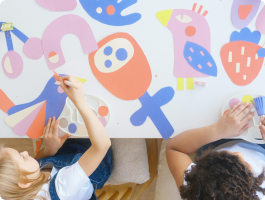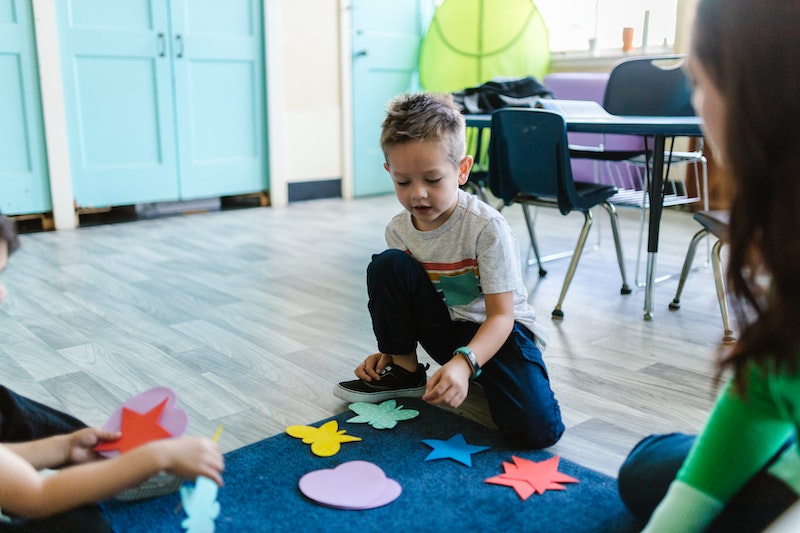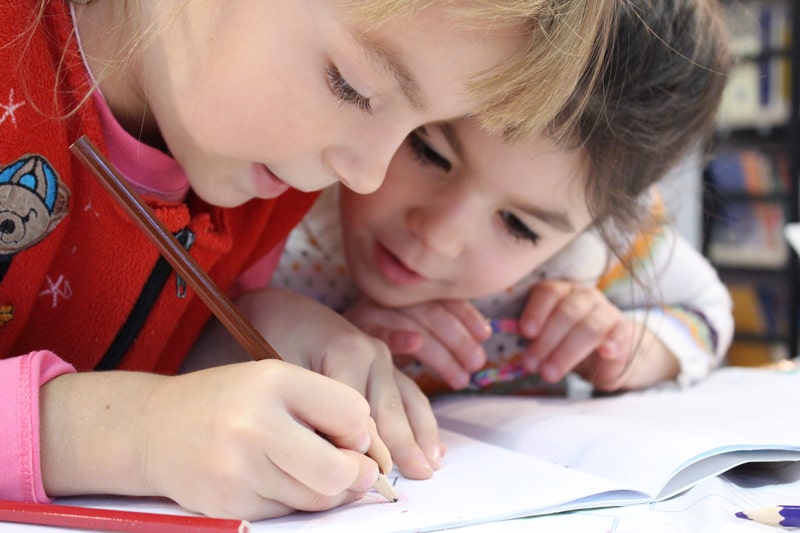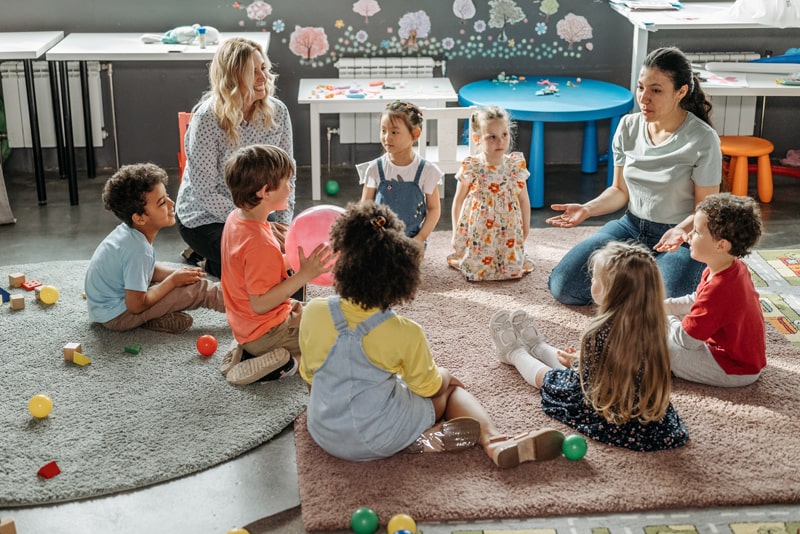
Interactive Kindergarten math
that inspires learning
Help your Kindergartener build essential math skills with interactive games and a proven curriculum.
Mastering Kindergarten math builds a strong foundation for future learning. DreamBox’s online math program makes it fun and easy for your child to learn key skills like counting and shape recognition. With interactive games and exciting challenges, your Kindergartener can gain confidence in math while having fun!
Interactive Kindergarten math that inspires learning
Help your kindergartener build essential math skills with interactive games and a proven curriculum.
Mastering kindergarten math builds a strong foundation for future learning. DreamBox’s online math program makes it fun and easy for your child to learn key skills like counting and shape recognition. With interactive games and exciting challenges, your kindergartener can gain confidence in math while having fun!

Adaptive learning for Kindergarteners
PERSONALIZED EXPERIENCE
Learning isn’t one-size-fits-all, especially for kindergarteners. DreamBox Math goes beyond basic math practice, offering an engaging curriculum paired with Intelligent Adaptive Learning™ to create a fun and personalized experience for young learners. The software tracks how each kindergartener interacts with activities, adjusting in real-time to ensure every child progresses at their own pace and on a path tailored to their unique needs.
Easy and free setup
NO CREDIT CARD REQUIRED
Learning isn’t one-size-fits-all, especially for kindergarteners. DreamBox Math goes beyond basic math practice, offering an engaging curriculum paired with Intelligent Adaptive Learning™ to create a fun and personalized experience for young learners. The software tracks how each kindergartener interacts with activities, adjusting in real-time to ensure every child progresses at their own pace and on a path tailored to their unique needs.

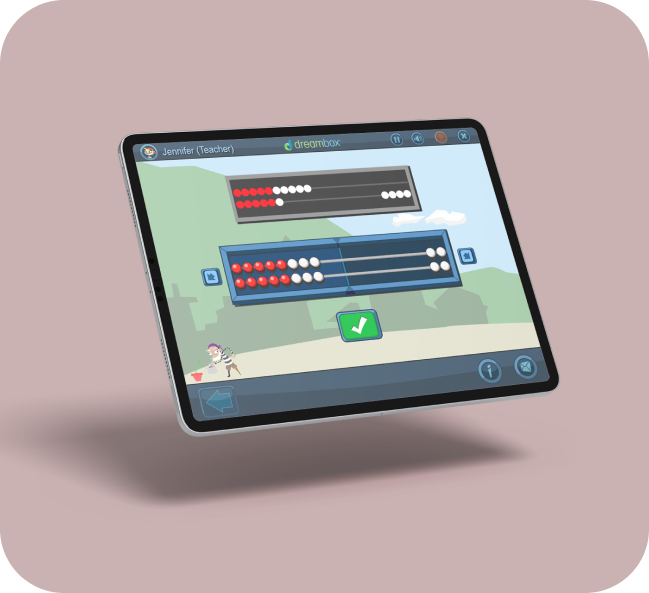
Custom assignments tool
TARGET THE RIGHT MATH CONCEPTS
Is your kindergartener great at identifying shapes but not confident in counting? You can customize their lessons to boost their skills. DreamBox’s assignment tool lets subscribers review a student’s progress and assign lessons that target areas they need more practice in.
Start your free trial
See how DreamBox can help your kindergartener with math by signing up for a free trial today.
No credit card required!
Parents and teachers love DreamBox
“Our kids just LOVE DreamBox!! I have never seen our kids ask to do something. They get excited about it, their parents even talk to me about it. It has been a game changer for math in our school. This is most definitely an area we struggled to make interesting. I am starting to see the carryover to the actual math lessons in the classroom. It is wonderful to watch. Such a wonderful investment.”
“Our kids just LOVE DreamBox!! I have never seen our kids ask to do something. They get excited about it, their parents even talk to me about it. It has been a game changer for math in our school. This is most definitely an area we struggled to make interesting. I am starting to see the carryover to the actual math lessons in the classroom. It is wonderful to watch. Such a wonderful investment.”
Benefits of DreamBox for Kindergarten math
Unlike other online math programs, DreamBox Math is immersive, interactive, and learner-driven. With productive lessons that kindergarten students love and valuable progress insights that parents and educators appreciate, we’ve created a full toolbox for kindergarten math success.
Dynamic Learning
DreamBox collects data as kindergarten students play lessons and adapts to the right level, personalizing the lesson pathway.
Proven Growth
If kindergarten students play DreamBox 30-60 minutes per week, they can expect to see an average of 1.5 grade levels of growth by the end of the school year.
Demonstrated Results
DreamBox Learning is the only dual-discipline program rated STRONG by Evidence for ESSA. DreamBox programs have demonstrated efficacy across every achievement level, in every learning environment.
Kindergartener-Friendly Design
DreamBox Math keeps kindergarten students engaged with age-appropriate interactive games, colorful characters, exciting challenges, and more.
Continuous Assessment
Student thinking and progress are assessed daily, eliminating the need for a one-time placement test and providing an end-to-end view of your kindergartener’s progress, performance, and trends.
FUNctional Screen Time
Never feel guilty about screen time again, thanks to lessons kindergarteners will look forward to doing.
Dynamic Learning
DreamBox collects data as kindergarten students play lessons and adapts to the right level, personalizing the lesson pathway.
Proven Growth
If kindergarten students play DreamBox 30-60 minutes per week, they can expect to see an average of 1.5 grade levels of growth by the end of the school year.
Demonstrated Results
DreamBox Learning is the only dual-discipline program rated STRONG by Evidence for ESSA. DreamBox programs have demonstrated efficacy across every achievement level, in every learning environment.
Kindergartener-Friendly Design
DreamBox Math keeps kindergarten students engaged with age-appropriate interactive games, colorful characters, exciting challenges, and more.
Continuous Assessment
Student thinking and progress are assessed daily, eliminating the need for a one-time placement test and providing an end-to-end view of your kindergartener’s progress, performance, and trends.
FUNctional Screen Time
Never feel guilty about screen time again, thanks to lessons kindergarteners will look forward to doing.
Kindergartener-friendly design
DreamBox Math keeps kindergarten students engaged with age-appropriate interactive games, colorful characters, exciting challenges, and more.
Continuous assessment
Student thinking and progress are assessed daily, eliminating the need for a one-time placement test and providing an end-to-end view of your kindergartener’s progress, performance, and trends.
FUNctional screen time
Never feel guilty about screen time again, thanks to lessons kindergarteners will look forward to doing.
Dynamic learning
DreamBox collects data as kindergarten students play lessons and adapts to the right level, personalizing the lesson pathway.
Proven growth
If kindergarten students play DreamBox 30-60 minutes per week, they can expect to see an average of 1.5 grade levels of growth by the end of the school year.
Demonstrated results
DreamBox Learning is the only dual-discipline program rated STRONG by Evidence for ESSA. DreamBox programs have demonstrated efficacy across every achievement level, in every learning environment.
Kindergarten curriculum alignment
- Counting up to 20
- Recognizing and writing numbers up to 20
- Comparing numbers and groups to identify more, less, or equal
- Using objects to explore beginning addition and subtraction
- Recognizing number patterns and doubles to support early math fluency
- Identifying and describing basic 2D shapes
- Understanding attributes like height, length, and size
- Organizing information using simple tools like tally charts
- Thinking through and solving simple math problems
- Counting & Number Fluency
- Build numbers 1–10 optimally using different strategies
- Practice doubles and near doubles for early mental math
- Recognize and extend number patterns
- Comparisons & Ordering
- Compare quantities from 1 to 10
- Identify more, less, and equal
- Order numbers and sort objects by height or size
- Addition & Subtraction
- Begin adding and removing items with support
- Identify number pairs and missing addends
- Measurement
- Explore measurable attributes like length and weight
- Order items by height
- Create and interpret simple tally charts
- Geometry & Patterns
- Identify and describe common shapes
- Create and continue patterns with both shapes and numbers
Available on most devices
Students can play DreamBox on all computers, laptops, and Chromebooks through an internet browser and via our iPad app on iPad. At this time, DreamBox Math is not available on smartphones, Android tablets, or eReaders.
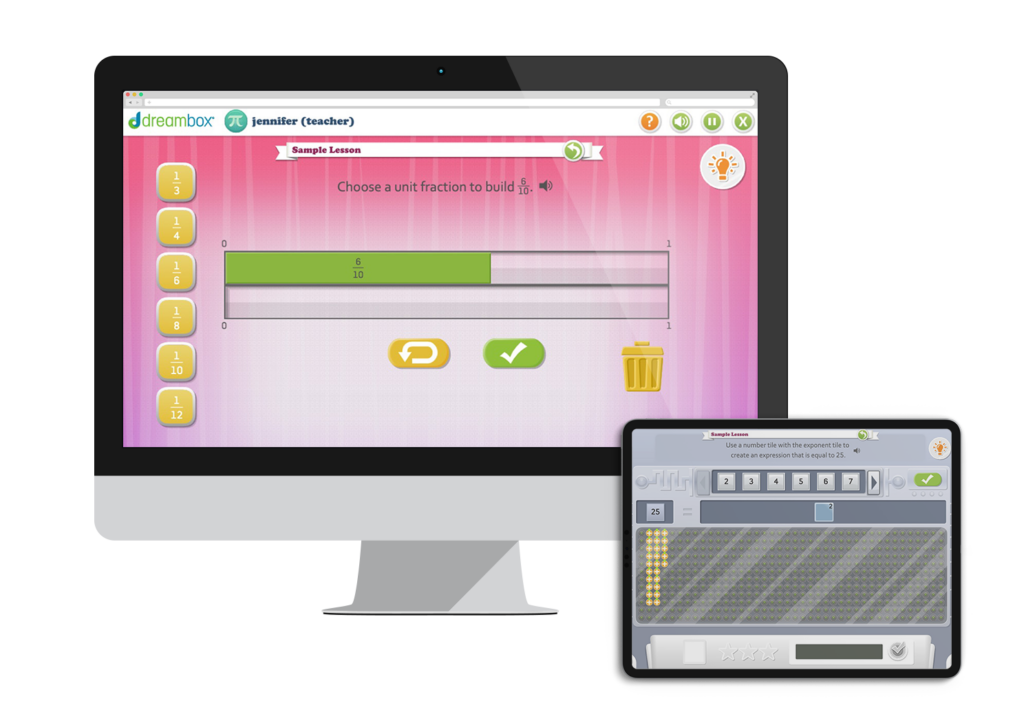
FAQs
Yes! DreamBox offers multiple grade levels and family plan options to make it easier than ever to support your child’s math learning.
DreamBox Math helps kindergarteners learn by watching how they solve problems during each lesson. It adjusts the activities to match their thoughts and needs, giving them the right challenge at the right time. As they learn and explore, DreamBox keeps track of their progress and provides personalized lessons to help them grow. This way, every child gets their own special learning experience designed just for them!
You can help your kindergartener succeed with DreamBox by setting fun learning goals together! On DreamBox, kids can see their own progress, which helps keep them excited about learning. Start with small goals, like “Let’s finish 5 DreamBox lessons this week!” and bigger ones, like “I’ll learn these new math skills this month!”
Another way to support your little learners is to celebrate their hard work and achievements. If math feels tricky, encourage them to keep trying and talk about what they’re learning. Asking questions like, “What did you do in math today?” can spark great conversations!
To celebrate their progress, check out the DreamBox Family Dashboard to see what they’ve accomplished. You can even download certificates to make their milestones extra special!
No, there’s no credit card required to start a free trial with DreamBox.
Kindergarten resources
From counting to 100 to recognizing shapes and drawing pictures of the world using those shapes, we have the math games, worksheets, and guides parents need to put their kindergarten students at the top of the class! Follow along with the lessons in your child’s classroom, or create your own learning path with DreamBox’s resources and tools.
Discover the essential kindergarten readiness skills your child needs—social, emotional, academic, and more—in this complete checklist.
Practice your math skills with these 50 math problems for kindergarteners, covering counting, addition, subtraction, place value, measurement, and geometry! Answers included.
Kindergarten math games can be adapted to your learner’s needs – While it is helpful to have a framework that details rules and basic gameplay, it’s important to remember that you can modify the games as needed.
Ready, set, kindergarten! Preparing your child for kindergarten is made easier with these tips from a mom of two and former elementary school teacher.
Discover easy riddles for kindergarten that boost critical thinking, spark creativity, and make learning fun. Explore benefits, examples, and classroom tips!
Find other grades
If you’ve ever wondered how to help your child with math homework or what they should know by the end of fifth grade, these elementary math resources are for you.
Choose a grade level below to browse math skills and objectives by grade.
It’s time to build on what we’ve learnt so far and develop mathematical fluency.
Level up number knowledge with the introduction of multiplication, division and fractions.
Classifying, analysing and problem-solving: we’re applying all our skills here!
Understanding is extended even further across number, measurement and geometry.
Meet ratio, rational numbers and equations – this is where we explore statistical thinking.
Children learn more advanced topics like pre-algebra and investigate complex statistics and probability.
Introduce problems involving shape, scale drawings, population samples and more.
